Sun, snow and sublime food — why the Dolomites might be my new favourite ski spot
There’s more to skiing than the French and Swiss Alps, says James Fisher, who goes in search of new adventures in the Italian mountains
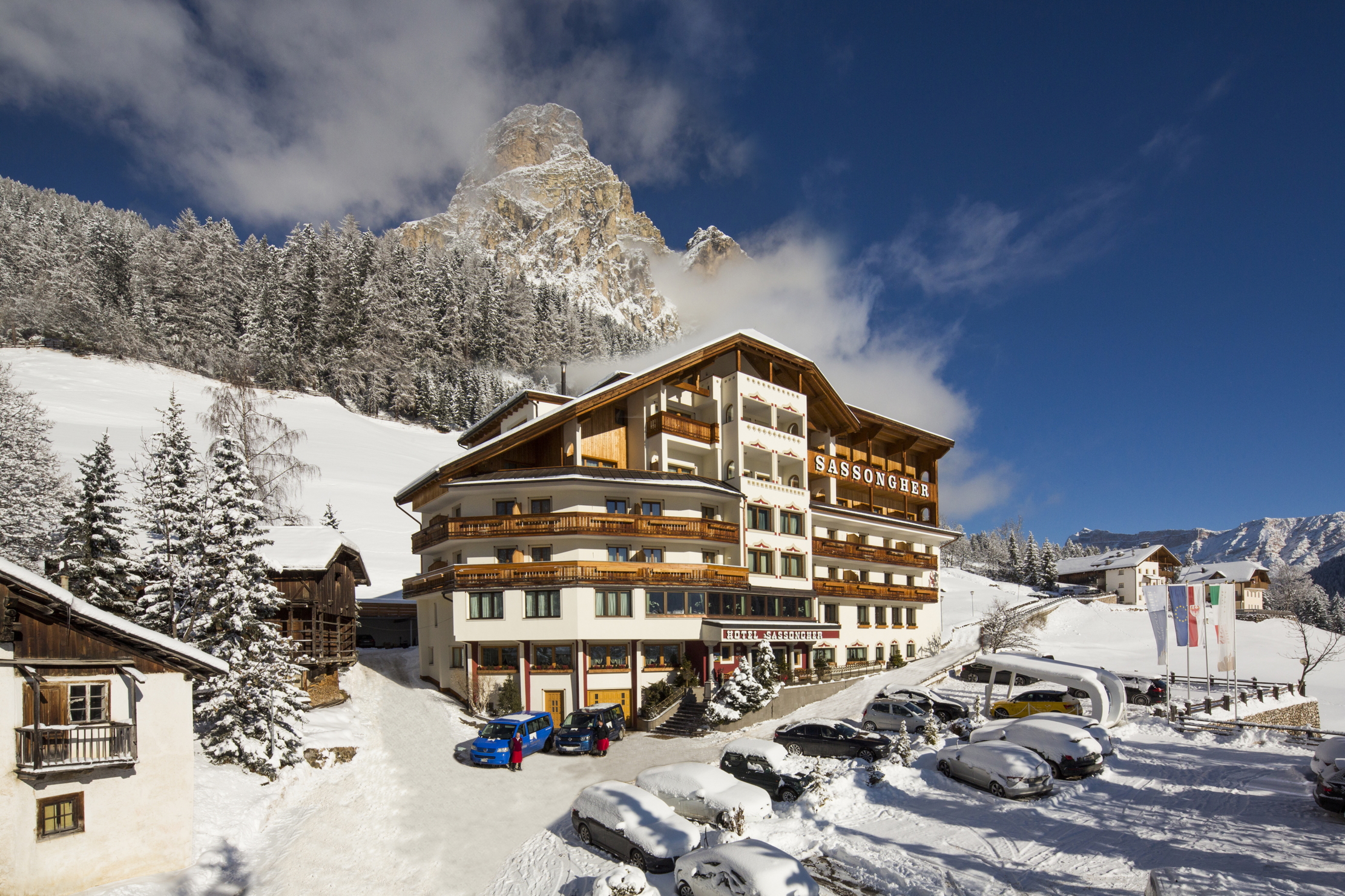
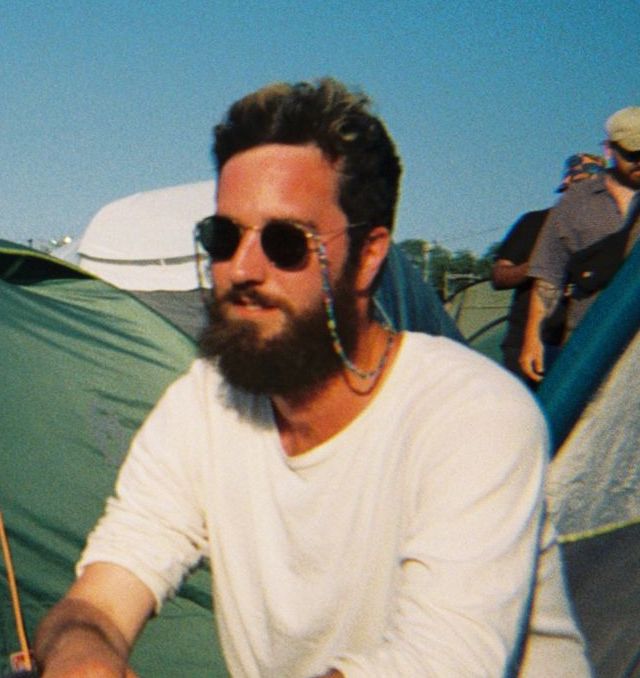
There's something quite dreary about those who have to be different for the sake of being different. You know the type — often found at parties standing smugly in a corner wearing corduroys, talking about how Radiohead’s music is ‘rather derivative’, the YBAs (Young British Artists) weren’t actually all that interesting and how, actually, no, they didn’t go skiing in France this year, or last year, as they ‘just love the Dolomites’. These people are often to be avoided.
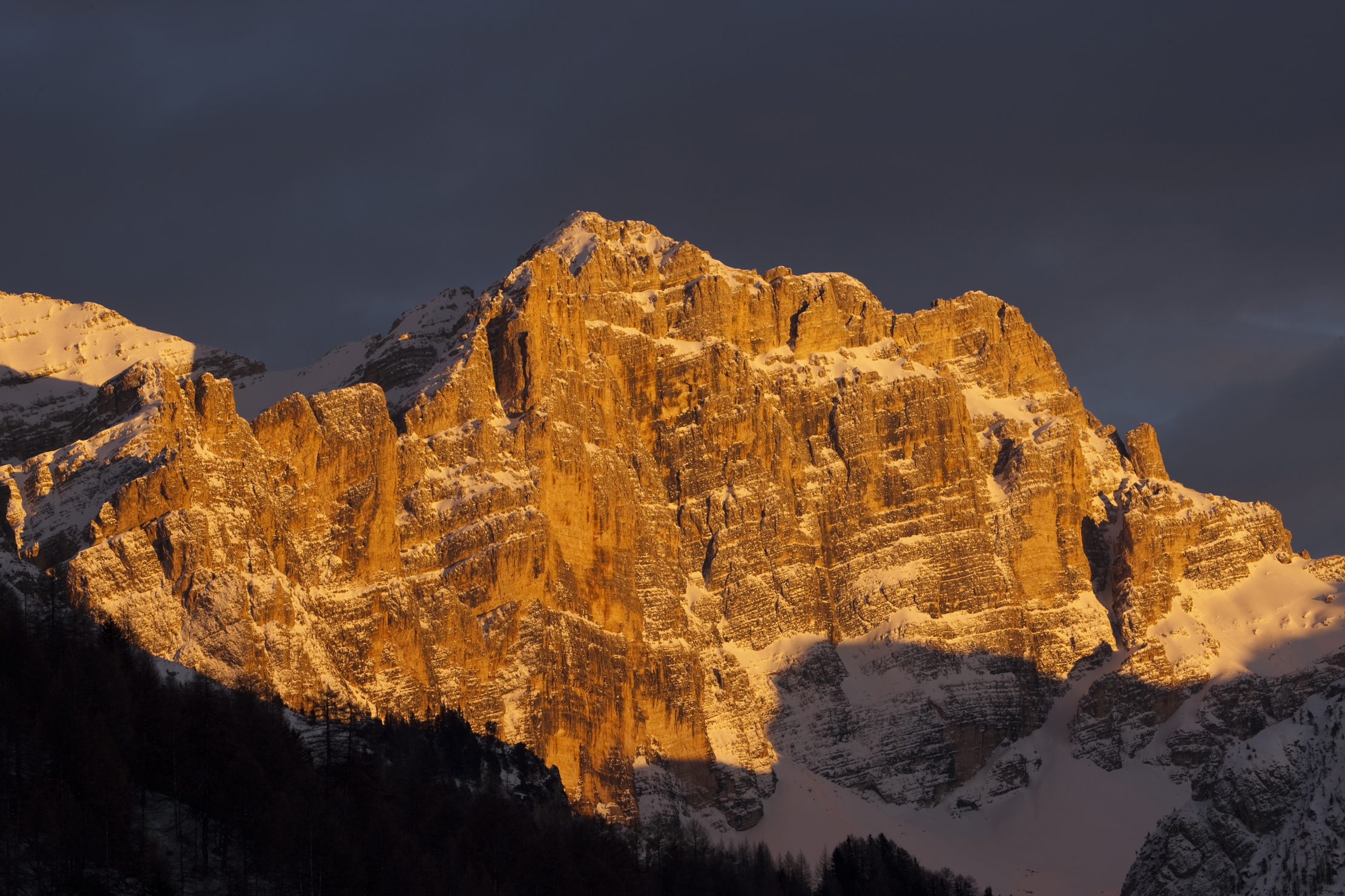
But you hear it more and more, don’t you? ‘The Dolomites’. What are they? Who are they for? The name: floating in the background static of middle-class discourse, like one of those pictures that you have to squint at to see the true image behind all the nonsense.
One of the few things I like less than tediously reactionary people is being left out of the loop. Why are so many people eschewing the tried-and-tested destinations of Val so-and-so? Has Chamonix lost its touch? What did everyone know that I, and seemingly all of the people that I regularly enjoy imbibing vast amounts of rosé with, didn’t?
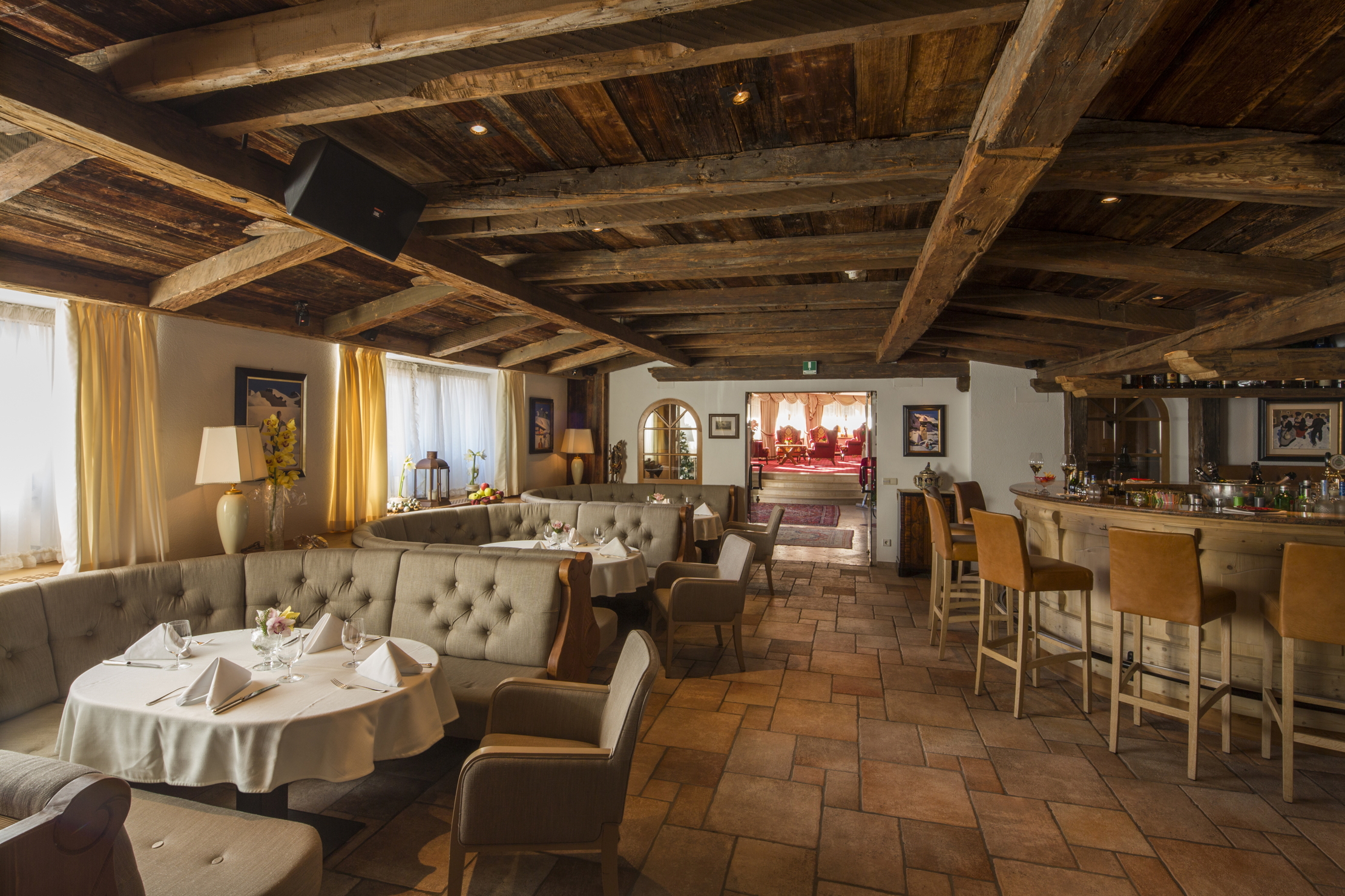
There was a secret out there, in them thar Italian hills, that I needed to discover. And so, I found myself, on a Sunday morning in March, squinting into the sun at Innsbruck airport, destined for Corvara, the heart of the Alta Badia ski resort in South Tyrol. It was there that I met my transfer driver, a man whose name I cannot remember because I was too busy staring at the flying cap and goggles on his head when he introduced himself. When he led me to his Mercedes, rather than his bi-plane, I finally started to relax.
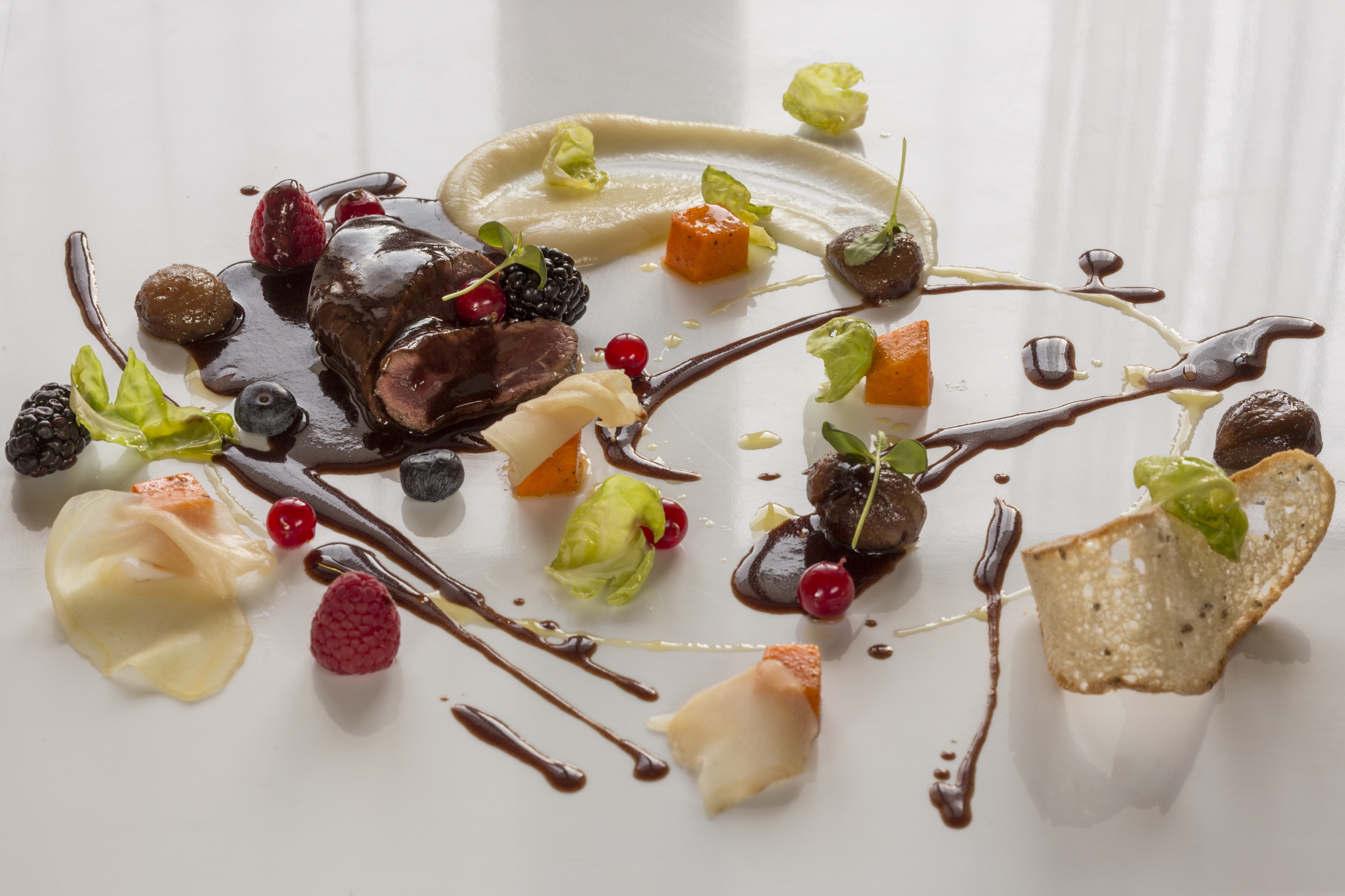
There are many annoying things about going skiing when you think about it. The endless amounts of kit required is a pain to carry to and from the airport. Transfers from said airport to the resorts are usually long, plagued by traffic and have a propensity to inspire travel sickness as the long and winding roads climb up whichever valley you have paid through the nose for the privilege of inhabiting. One of the initial joys of our trip to Corvara was its closeness—a mere hour and a half after departing from Innsbruck, we had reached our destination.
A ski holiday is so much more than ‘how long does it take to get from the airport to your hotel’, but it was a promising start. Arriving at the Hotel Sassongher a mere five hours after leaving home means that the fabled ‘long weekend skiing’ is very much a possibility and one that won’t involve waking up at 3am. The hotel is tucked under the Sassongher mountain, a sheer expulsion of rock that rises above the town of Corvara and is only a hint of the landscape that has been home to some of Italy’s best skiing for generations.
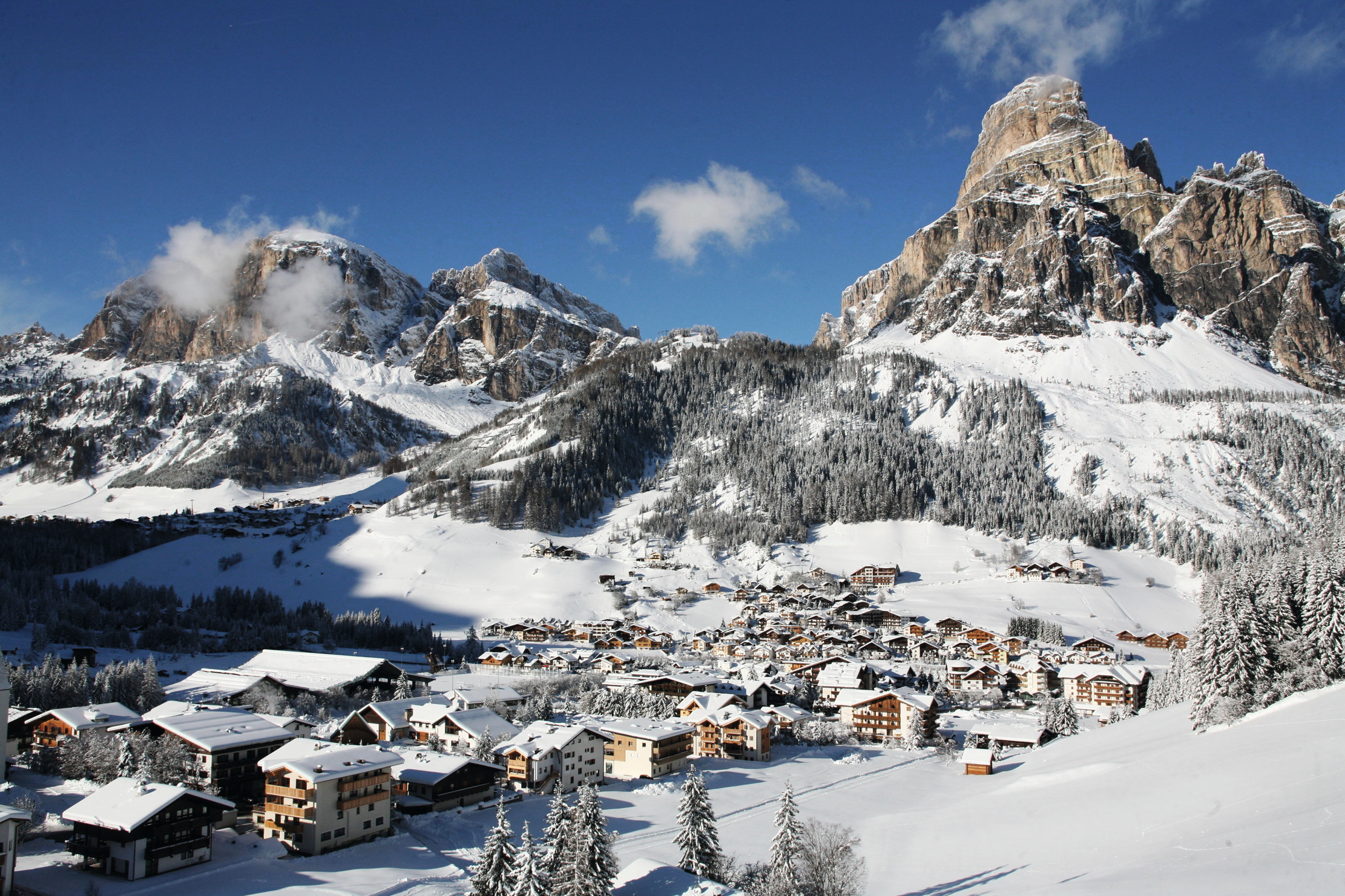
Not that you’ll hear much Italian, either at Sassongher or in the town of Corvara. As is the rich tradition of this part of Europe, locals speak their own unique language, in this case Ladin, a romance language of some 20,000 speakers, most of whom live in South Tyrol.
Sign up for the Country Life Newsletter
Exquisite houses, the beauty of Nature, and how to get the most from your life, straight to your inbox.
A traditional language in a traditional place — and Hotel Sassongher is no different, eschewing the faceless modernity of so many five-star establishments and sticking to traditional formality. Wood is the medium of choice for the interiors, great hulking beams with their own stories to tell mixed in with wonderfully detailed carvings on walls, chairs, desks and tables. It feels immensely alpine and the sensation is compounded by the staff wearing traditional Tyrolean dress almost exclusively.
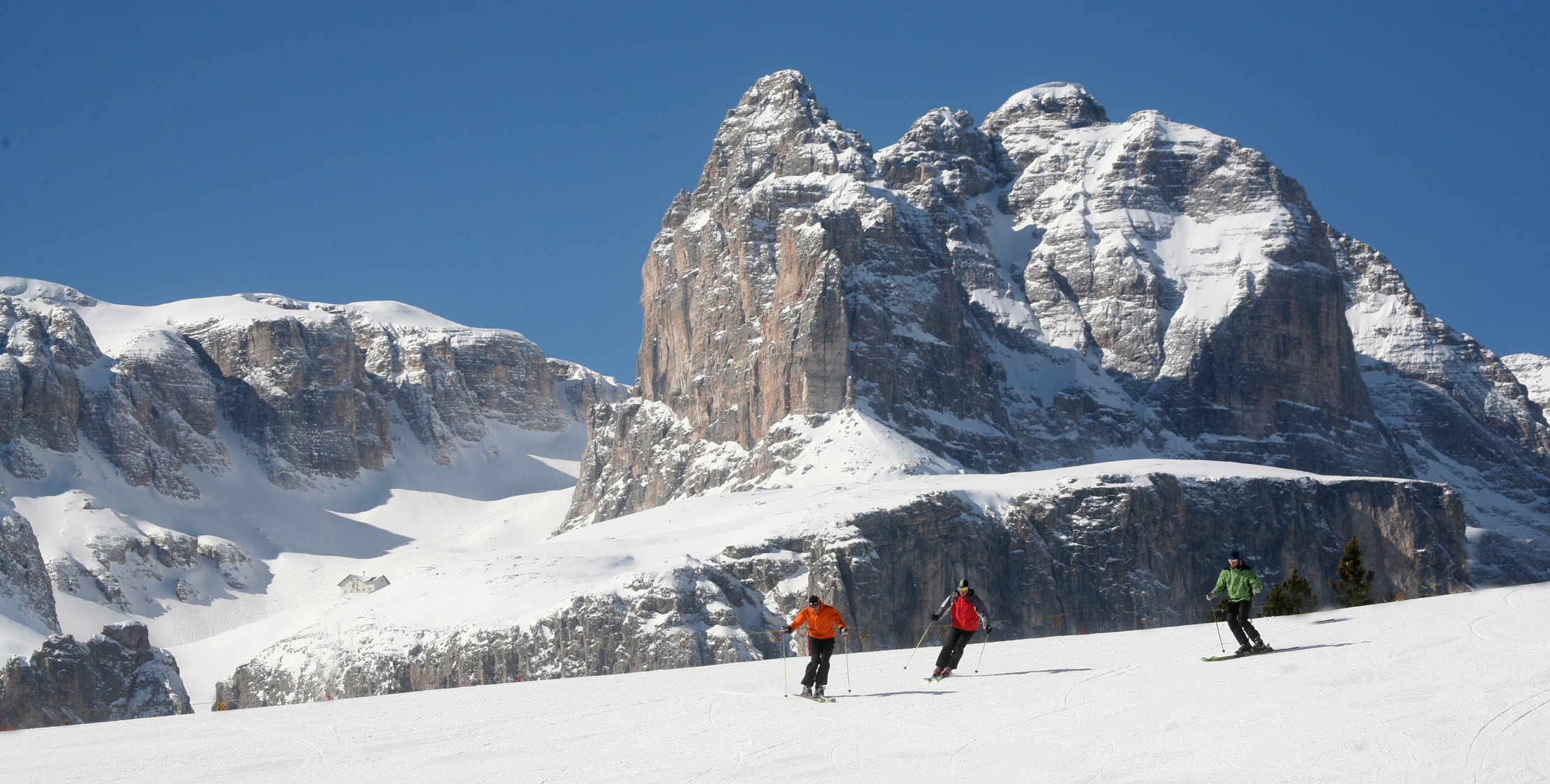
It’s no gimmick, however, as the service and experiences live up to their five-star billing — take the various Stübes as an example. These rooms are effortlessly period, dominated by the great porcelain heaters from which they take their name. And the food is astounding: presented perfectly and prepared with great skill.
That combination of tradition and comfort is the lifeblood of this great fixture of Corvara. A recent extension has, however, provided even more modern comforts to go with the fixtures of Alpine tradition. The ‘Sky Spa’ and wellness centre has been inserted onto the back of this historic building and provides a tremendous location to unwind, both inside and outside, after a tough day’s skiing. Yes! Skiing. That’s why we’re here.
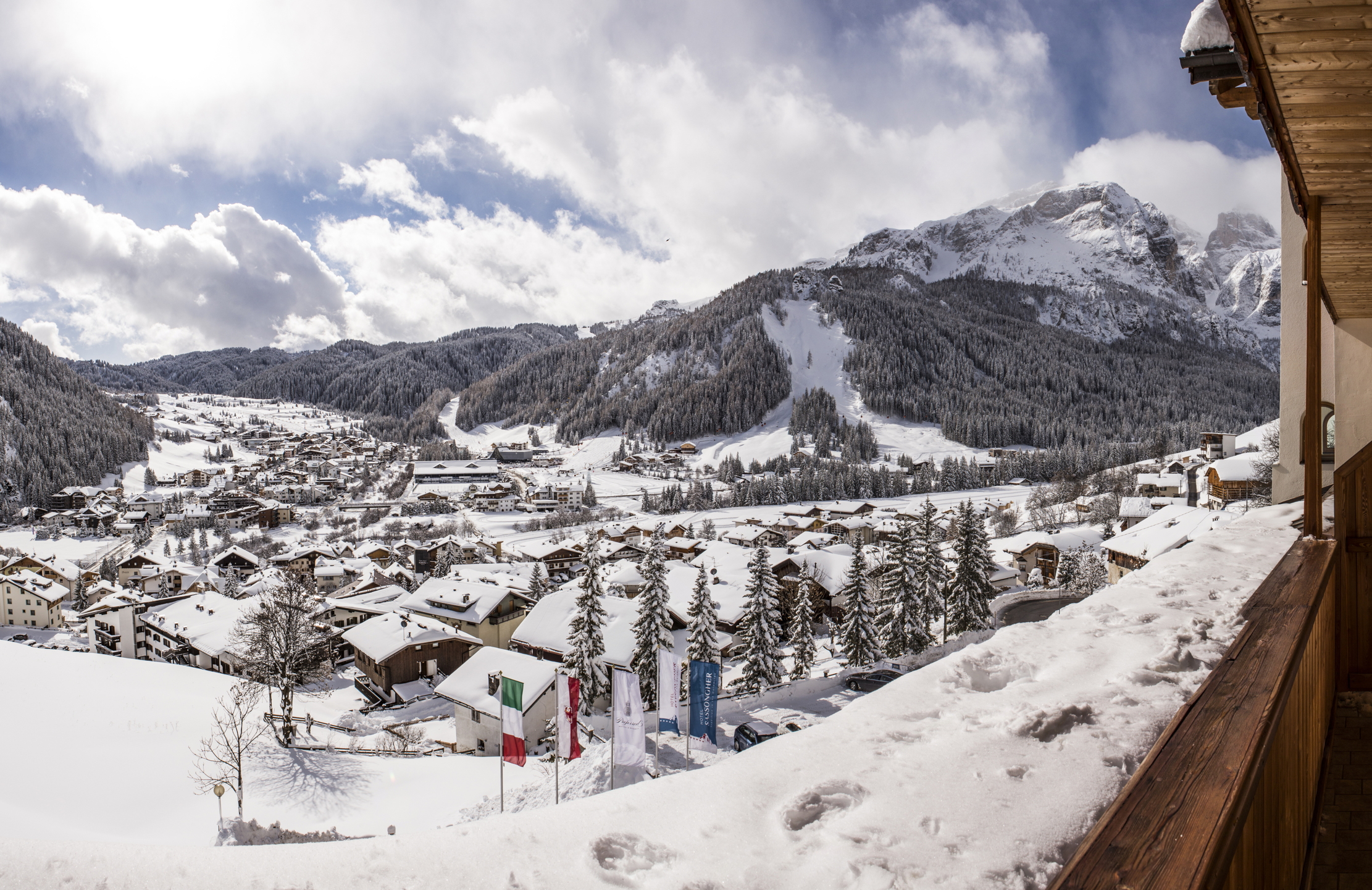
And what skiing it is. Considering that the Dolomites are part of the same mountain range as the aforementioned Vals, the expectation would be one of continuity. However, this landscape is different. The rock rises out of the ground almost vertically, creating a type of prehistoric landscape that you have to ski through, rather than over and around. Exploring the runs and pistes, you find yourself lost in these almost alien scenes, sheer stone faces, frozen waterfalls and trees all around.
Some may prefer the wide open bowls of the French or Swiss Alps, but skiing in Alta Badia feels like a journey. Indeed, a journey is one of the key reasons to visit this place. The Sellaronda is one of the most well-known ski circuits in the world, a six-hour slog that will take you across four Dolomite passes: The Campolongo Pass, the Pordoi Pass, the Sella Pass and the Gardena Pass.
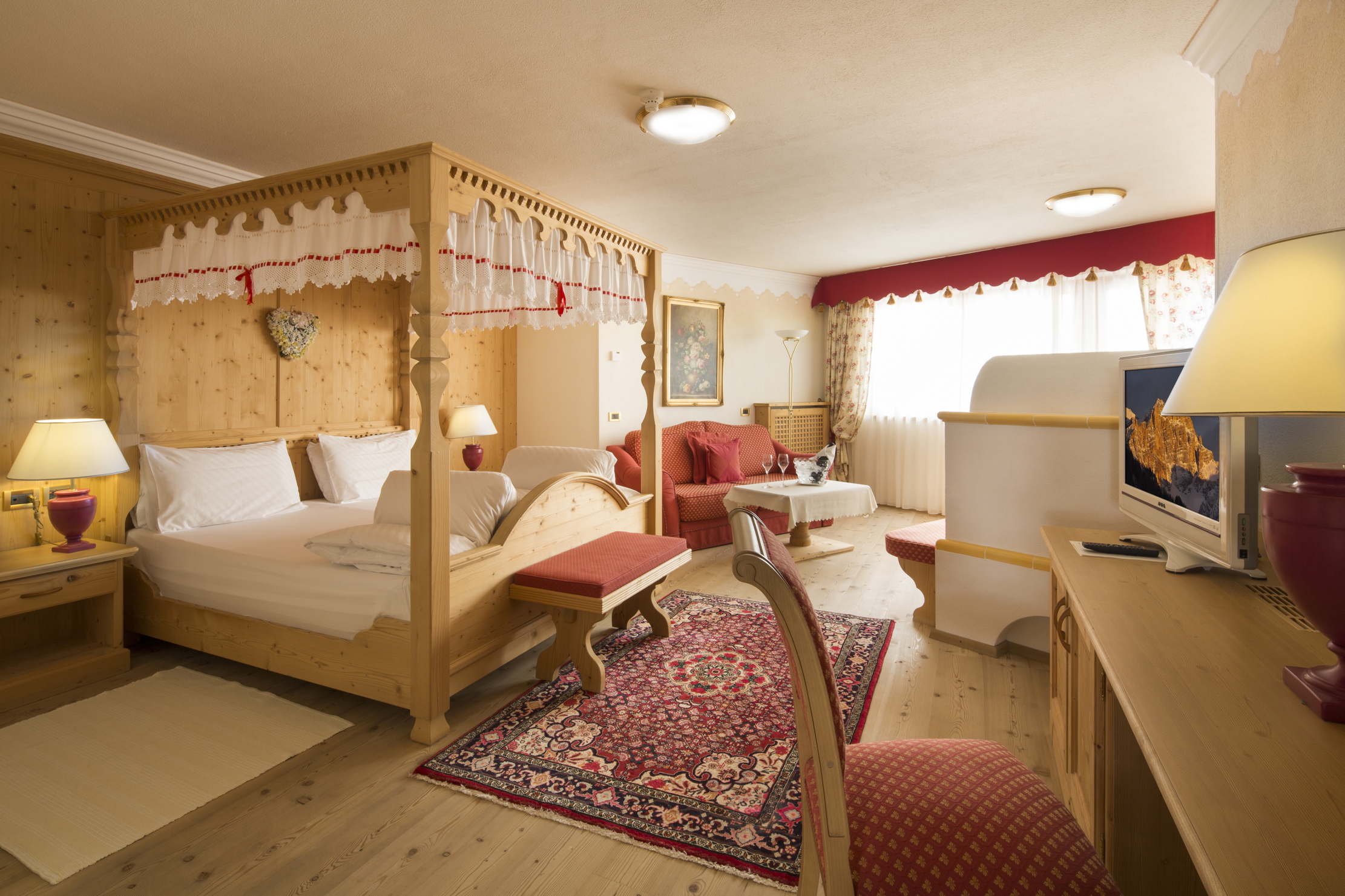
The Dolomites’ other great secret is food. Whether stopping piste-side in Rifugio Scotoni, with its roaring open fires, barbecues and traditional Tyrolean cooking, or tucking in to the more refined precise gastronomy of Rifugio Ütia Bioch, with its sensational wines and pasta, you will never eat better on a pair of skis. Most importantly, the prices are reasonable. Unlike in the French Alps, you don’t feel as if you are being constantly ripped off for mediocre carbonaras everywhere you go. Here, the food is part of the skiing experience, rather than something that has to be endured to keep energy levels up.
I’ll get in trouble for writing this, from those types I talked about at the beginning of this piece. Because they are right—and the Dolomites might just be better than the usual places we send ourselves. Sometimes, being different is better.
Rooms from €270 per night, based on two adults sharing on a half-board basis (www.sassongher.it/en)
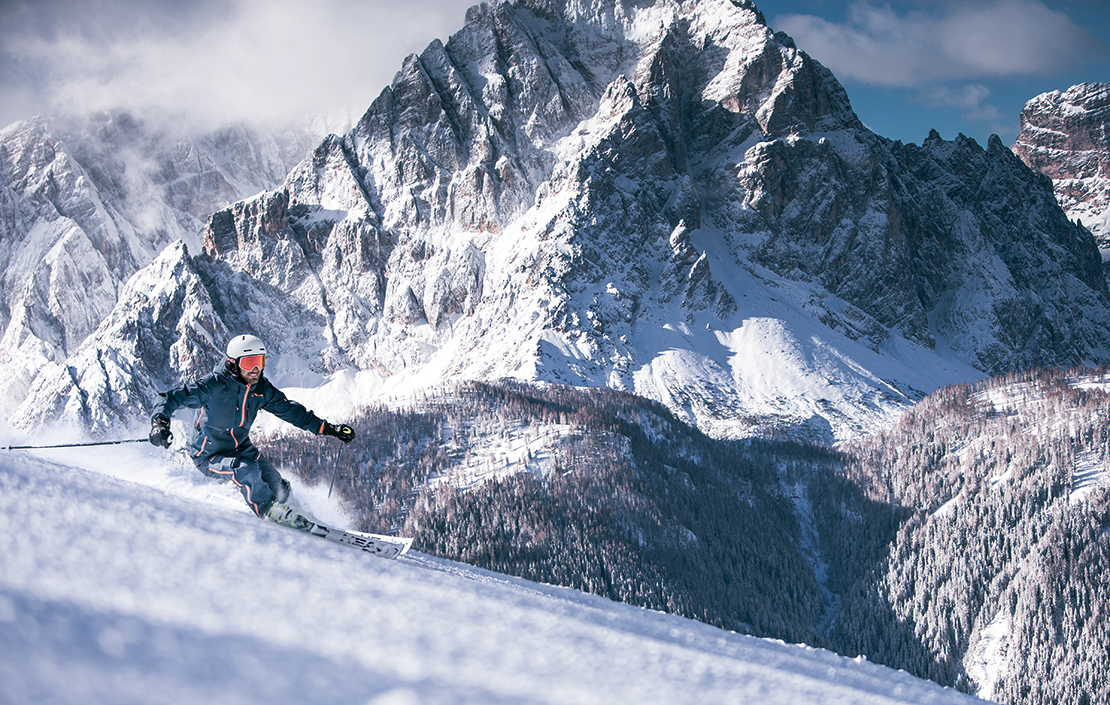
Skiing in South Tyrol: Mountains that inspired Le Corbusier, exquisite dining and the world's most picturesque museum

Credit: Getty Images
In the land of olive and vine: Why spring and autumn in Tuscany beats summer everytime
From hiking to cooking classes, a family-run stronghold in the heart of Tuscany offers the perfect low-season retreat, says Agnes
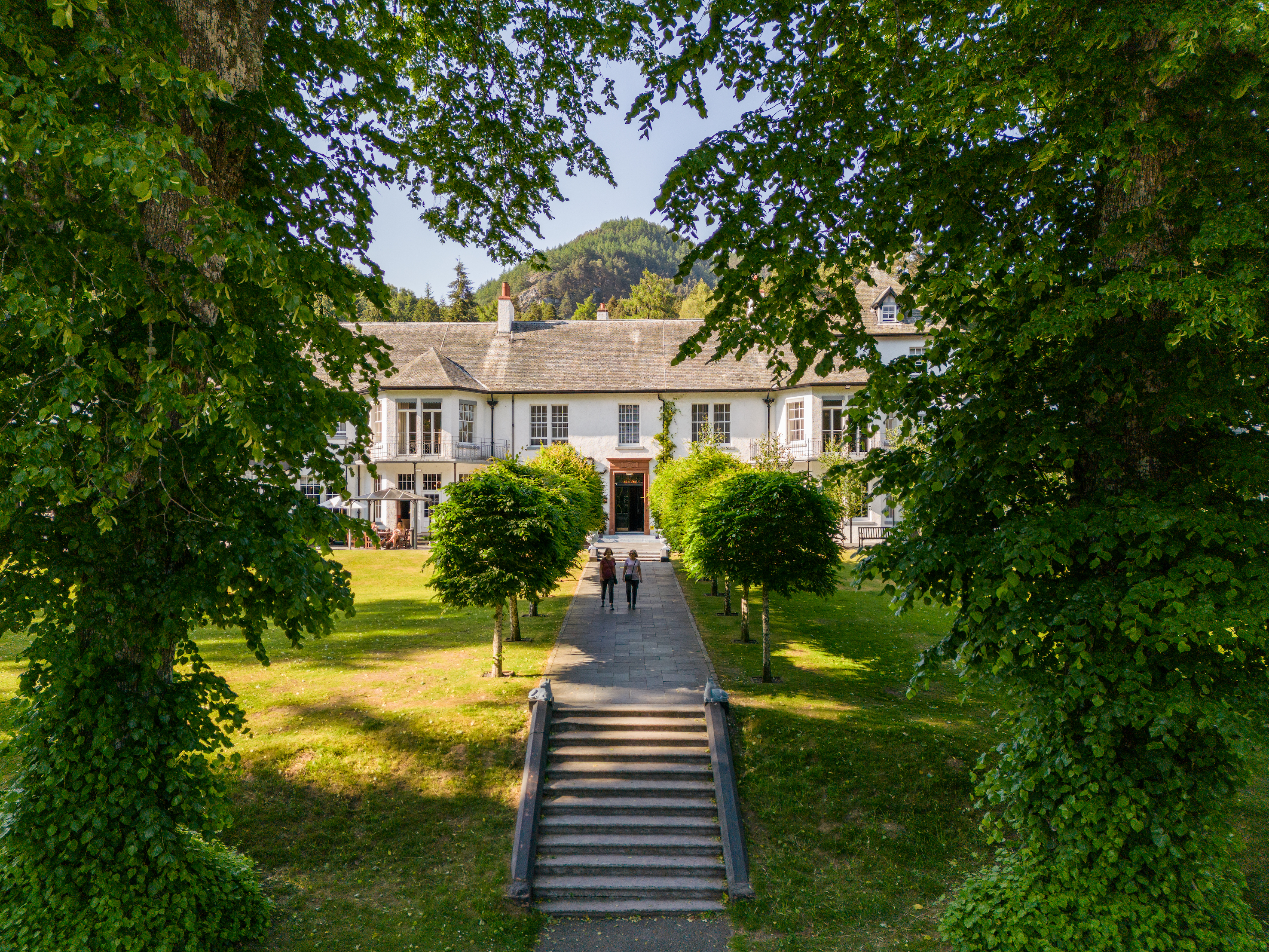
Credit: Dunkeld House
Dunkeld House Hotel review: A piece of Outlander filming history
Once the summer residence of the 7th Duke of Atholl, Dunkeld House has now established itself as the latest location
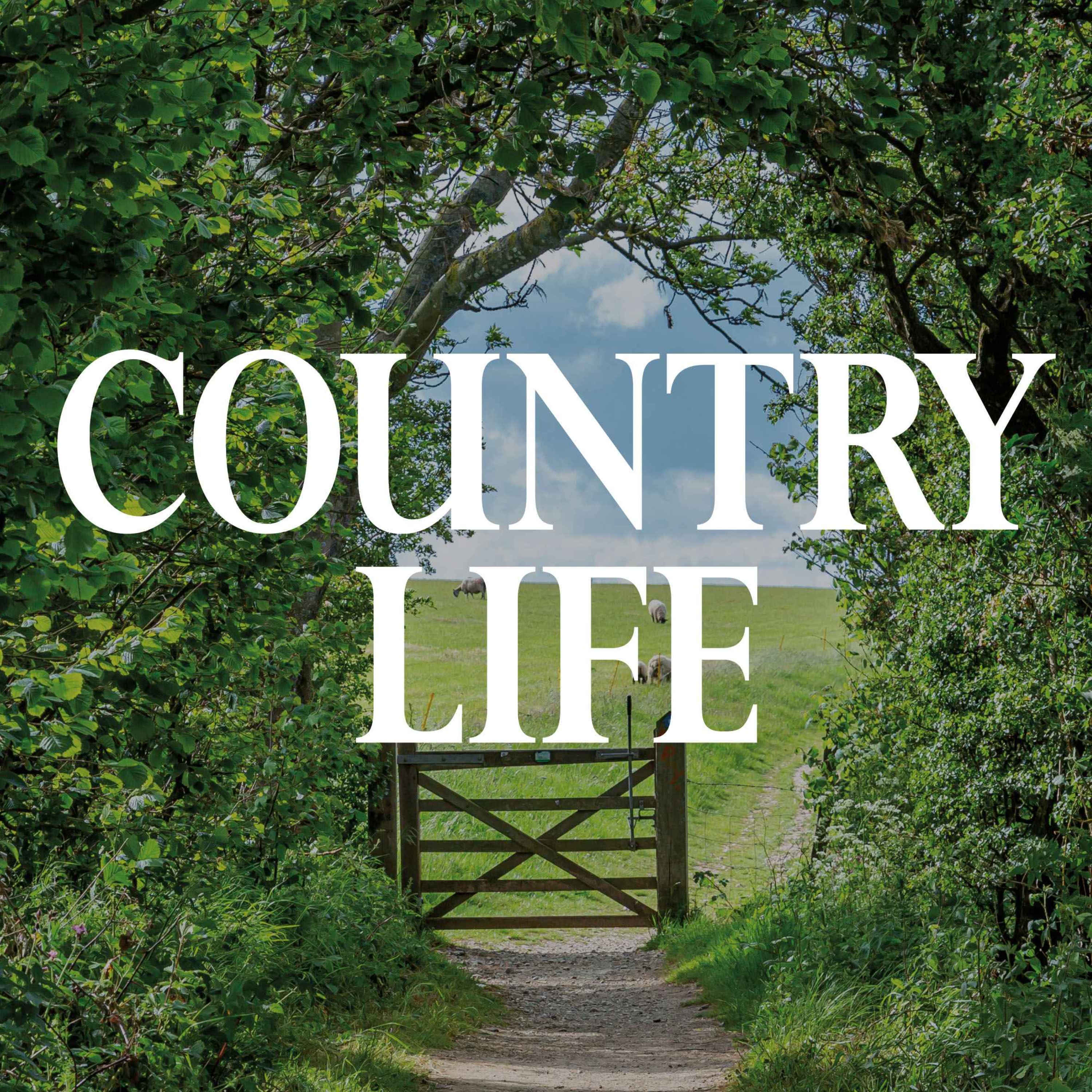
The Country Life Podcast
Listen to all the episodes of the Country Life Podcast.

James Fisher is the Deputy Digital Editor of Country Life. He writes about property, travel, motoring and things that upset him. He lives in London.
-
 'Monolithic, multi-layered and quite, quite magnificent. This was love at first bite': Tom Parker Bowles on his lifelong love affair with lasagne
'Monolithic, multi-layered and quite, quite magnificent. This was love at first bite': Tom Parker Bowles on his lifelong love affair with lasagneAn upwardly mobile spaghetti Bolognese, lasagne al forno, with oozing béchamel and layered meaty magnificence, is a bona fide comfort classic, declares Tom Parker Bowles.
By Tom Parker Bowles
-
 Country houses, cream teas and Baywatch: Country Life Quiz of the Day, April 24, 2025
Country houses, cream teas and Baywatch: Country Life Quiz of the Day, April 24, 2025Thursday's Quiz of the Day asks exactly how popular Baywatch became.
By Toby Keel
-
 The Business Class product that spawned a generation of knock-offs: What it’s like to fly in Qatar Airways’ Qsuite cabin
The Business Class product that spawned a generation of knock-offs: What it’s like to fly in Qatar Airways’ Qsuite cabinQatar Airways’ Qsuite cabin has been setting the standard for Business Class travel since it was introduced in 2017.
By Rosie Paterson
-
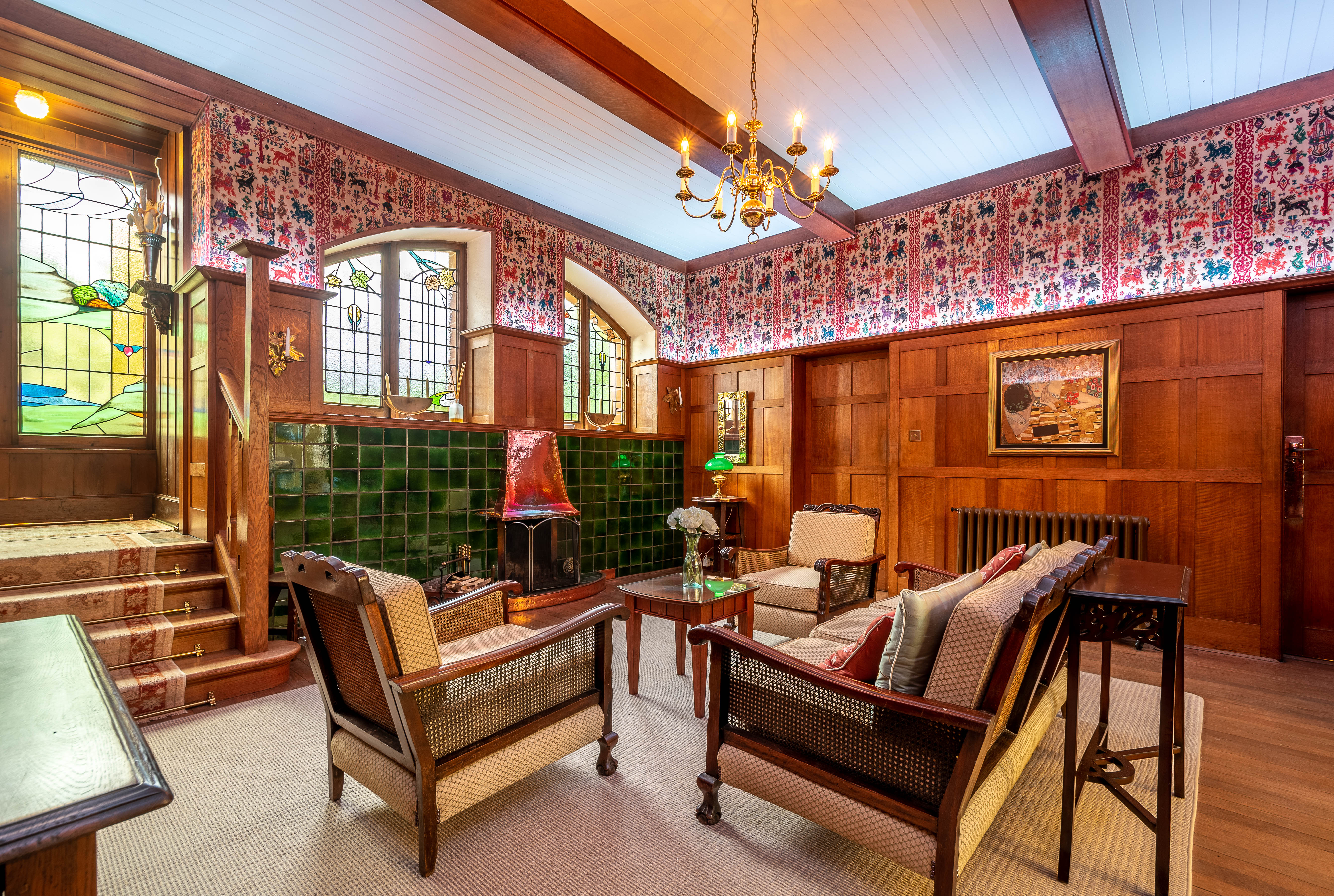 Seven of the UK’s best Arts and Crafts buildings — and you can stay in all of them
Seven of the UK’s best Arts and Crafts buildings — and you can stay in all of themThe Arts and Crafts movement was an international design trend with roots in the UK — and lots of buildings built and decorated in the style have since been turned into hotels.
By Ben West
-
 Why British designers dream up the most desirable hotels
Why British designers dream up the most desirable hotelsWhen it comes to hotel design, the Brits do it best, says Giles Kime.
By Giles Kime
-
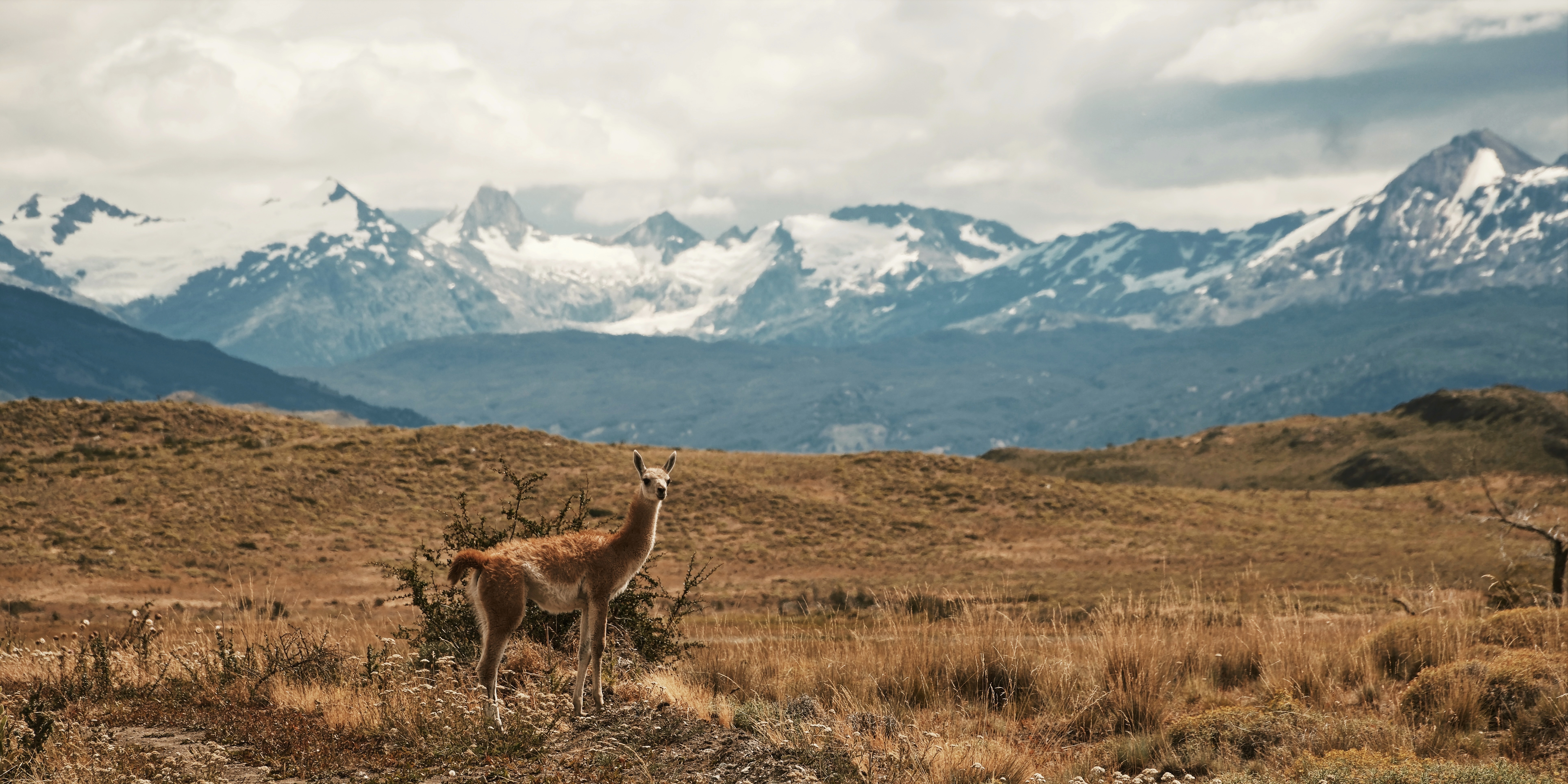 'This wild stretch of Chilean wasteland gives you what other National Parks cannot — a confounding sense of loneliness': One writer's odyssey to the end of the world
'This wild stretch of Chilean wasteland gives you what other National Parks cannot — a confounding sense of loneliness': One writer's odyssey to the end of the worldWhere else on Earth can you find more than 752,000 acres of splendid isolation? Words and pictures by Luke Abrahams.
By Luke Abrahams
-
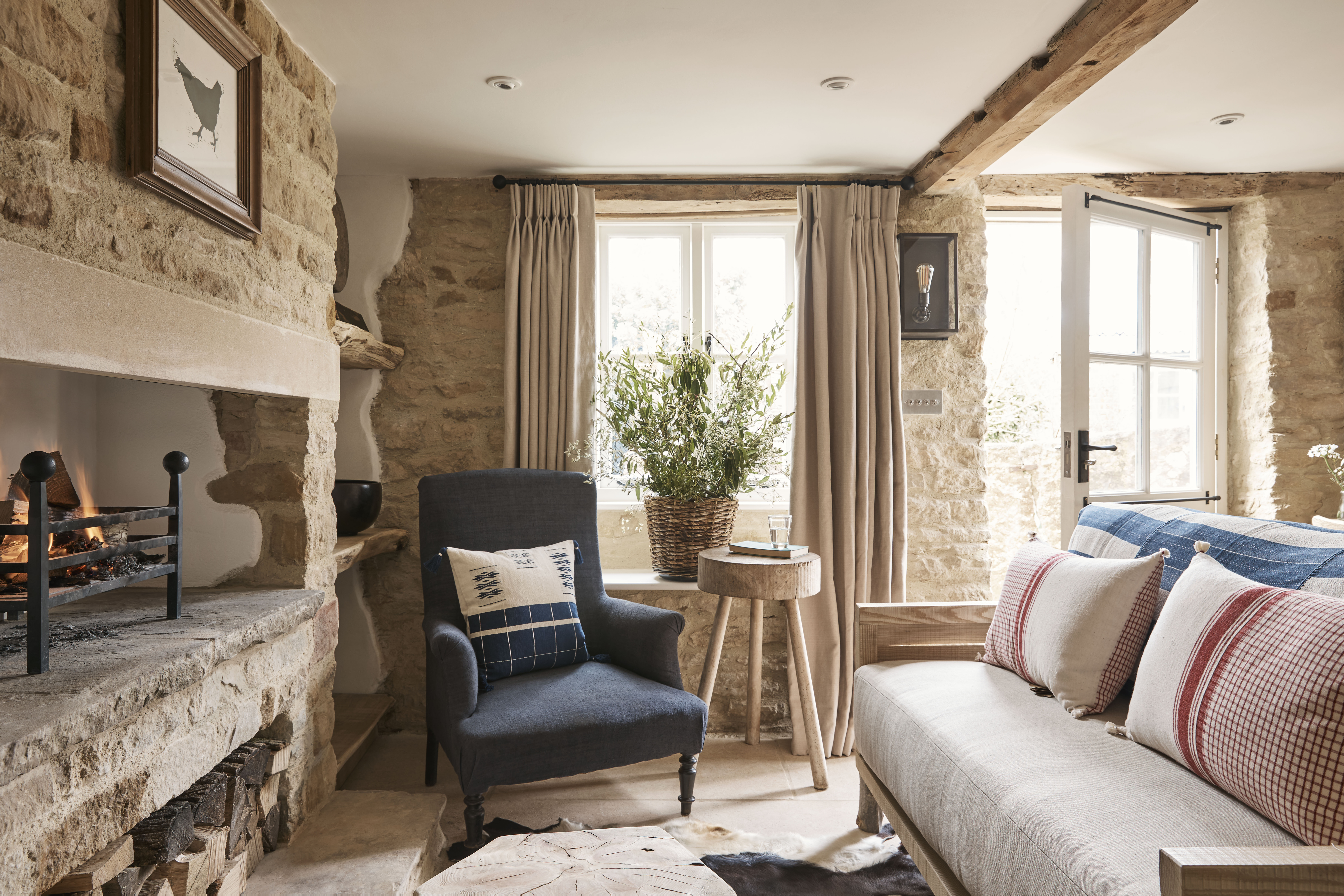 'The Wild Rabbit is a paean to Lady Carole Bamford's ethos of comfortable, yet incredibly spoiling accommodation'
'The Wild Rabbit is a paean to Lady Carole Bamford's ethos of comfortable, yet incredibly spoiling accommodation'At the heart of Kingham, one of Oxfordshire’s most historic and beguiling villages, The Wild Rabbit offers the chance to enjoy the authentic charm of the Cotswolds with all the trappings of a five-star hotel.
By Paula Lester
-
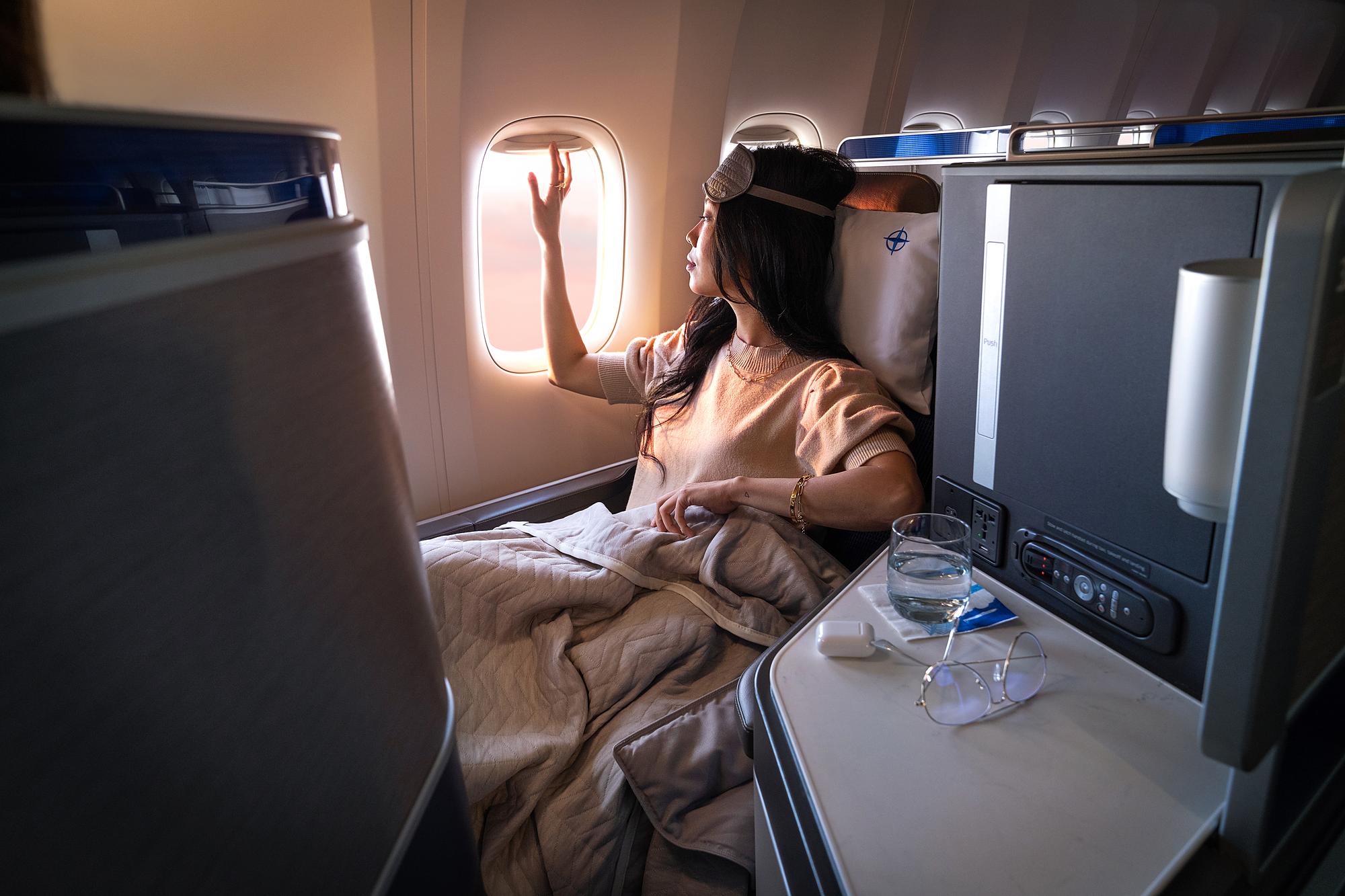 ‘The best sleep in the sky’: What it’s like to fly in United’s Polaris cabin, approved by American icon Martha Stewart
‘The best sleep in the sky’: What it’s like to fly in United’s Polaris cabin, approved by American icon Martha StewartUnited’s Business Class cabin goes by the name Polaris and Martha Stewart is a fan. So, how does it fare?
By Rosie Paterson
-
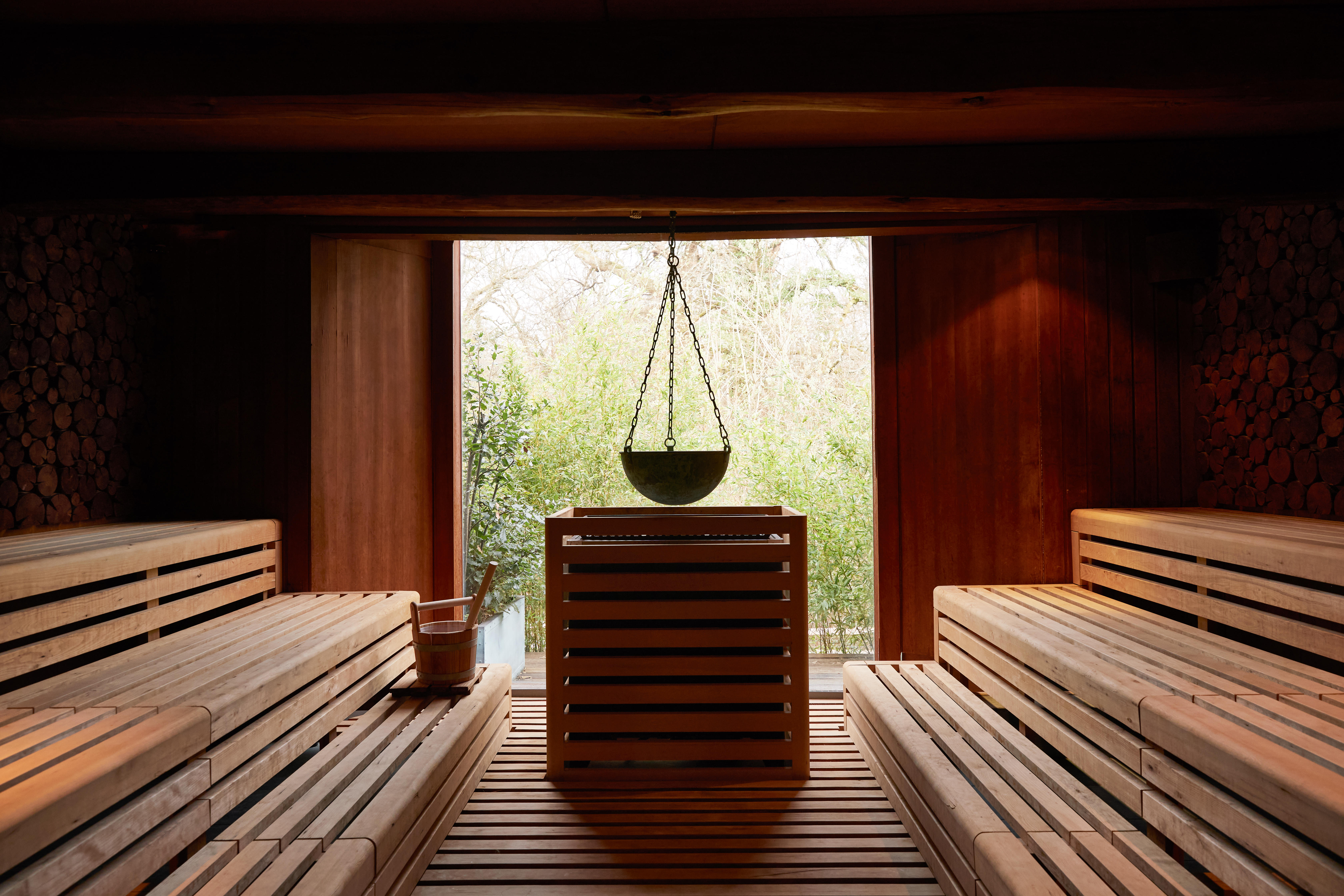 How to disconnect from reality and feel like a new person in under 72 hours
How to disconnect from reality and feel like a new person in under 72 hoursOur round-up of the best British retreats that work wellness wonders in under 72 hours.
By Jennifer George
-
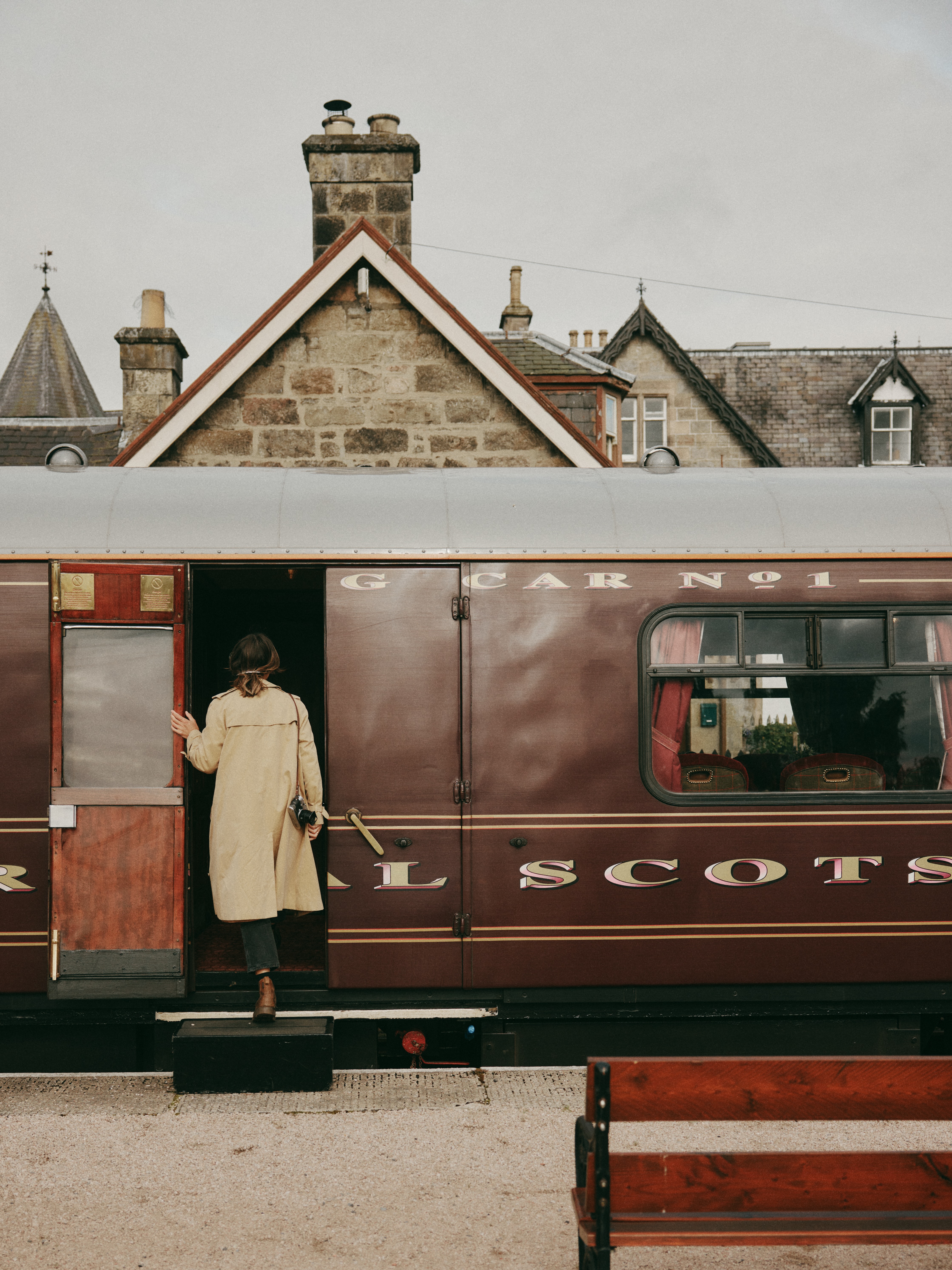 Scotland's majestic landscapes meet holistic wellness aboard Belmond and Dior's inaugural train retreat
Scotland's majestic landscapes meet holistic wellness aboard Belmond and Dior's inaugural train retreatThe Royal Scotsman, A Belmond Train, and Dior have announced a three-night travelling wellness retreat.
By Rosie Paterson